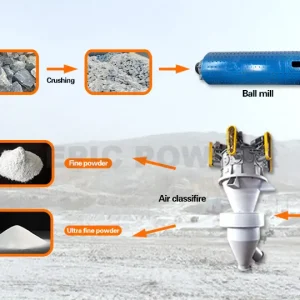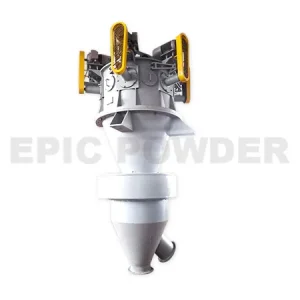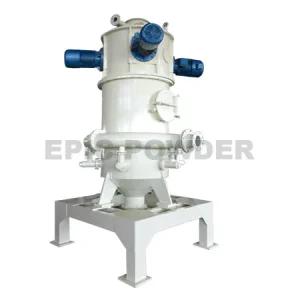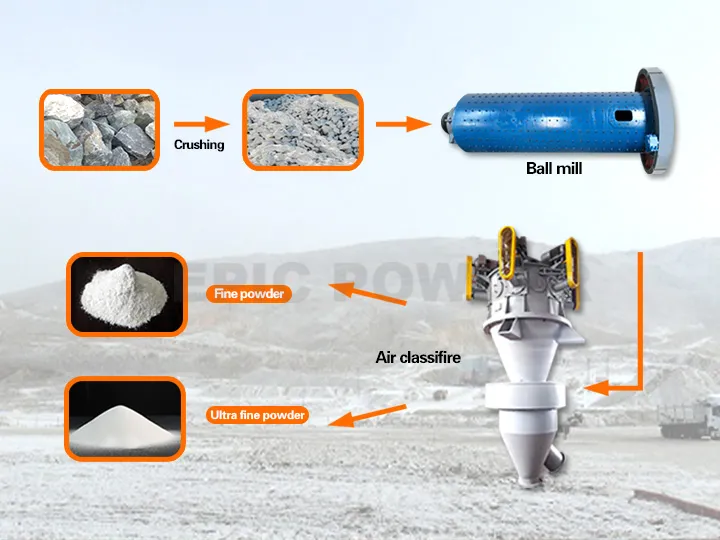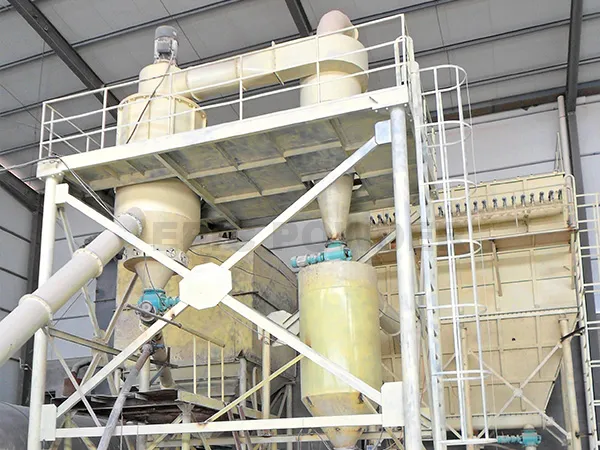Microsilica powder comes from natural quartz (SiO2) or fused quartz. The fused quartz is amorphous SiO2 made by melting and cooling natural quartz at high temperature. The process includes crushing. It also includes ball milling. This can be vibration or airflow milling. It also involves flotation, pickling, and purification. Finally, it includes high-purity water treatment. Advanced technology makes the micro powder. Microsilica powder is odorless and non-toxic. It is a non-polluting non-metal with high hardness. It also has low thermal conductivity, high temperature resistance, and stable chemical properties.
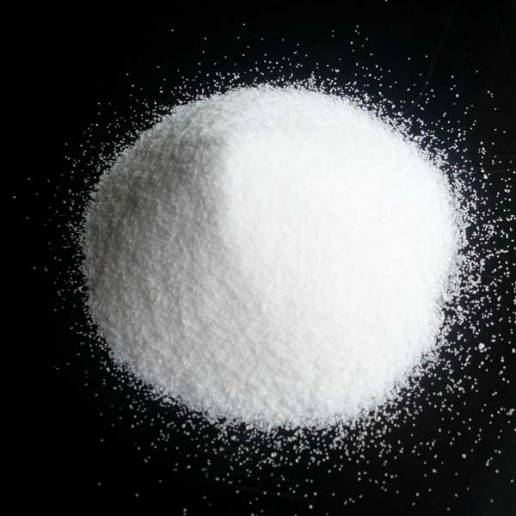
The grade divides silica powder into these types. They are: ordinary, electrical, fused, ultrafine, and spherical. It can be divided by use. There is microsilica for: paints, coatings, epoxy floors, rubber, sealants, electronic plastics, and precision ceramics. The production process divides it into: crystalline, cristobalite, fused, and active powders.
Application of silica powder
It has various quality grades. Silica powder can be used in both rubber and plastics. It’s also used in advanced paint, coatings, refractory materials, electrical insulation, and electronic packaging. It is also used in high-end ceramics, precision casting, and other fields.
People mostly use ordinary silica powder as a filler. They use it in epoxy resin coatings. They also use it in potting materials and welding rods. It’s in the metal casting and ceramics, silicone rubber, paints, and other chemical industries. The powder is primarily used in casting insulation. This is for normal electrical appliances and parts. It’s also used for high-voltage electrical appliances. It’s used in APG injection materials. Also, in epoxy potting and high-end ceramic glazes.
| Specifications/mesh | Median particle size D50/μm | Specific surface area/(cm2/g) | cumulative granularity |
| 300 | 21.00~25.00 | 1700~2100 | ≤50μm≥75% |
| 400 | 16.00~20.00 | 2100~2400 | ≤39μm≥75% |
| 600 | 11.00~15.00 | 2400~3000 | ≤25μm≥75% |
| 1000 | 8.00~10.00 | 3000~4000 | ≤10μm≥65% |
The powder is mainly used in plastic and packaging for circuits and components. It is also used in epoxy and fillers for paints, coatings, plastics, adhesives, rubber, and castings. , high-end ceramic glaze fillers and other chemical fields. The annual consumption of epoxy plastic sealants is tens of thousands of tons, and the content of filler silica powder accounts for 70% to 90%.
The SiO2 content of high-purity ultra-fine silica powder is higher than 99.9%. It has small particles. They have a large surface area and high purity. They also have good filling properties. It is mainly used in plastic seals for large-scale and ultra-large-scale integrated circuits. Also, in plastic seals for electronic components and in epoxy casting materials. It is also used in high-end coatings and paints. It is also used in engineering plastics, adhesives, silicone rubber, precision castings, advanced ceramics, and chemicals. field.
Spherical silica powder fills molds fast. This is true because its expansion coefficient is small. So, its thermal conductivity is low. Plastic sealant has the lowest stress concentration and the highest strength. It has a small friction coefficient. This means it wears molds less. It is mainly used in electronic plastic sealants. It is also used in coatings, epoxy floors, silicone rubber, and other fields.
To better mix non-metallic fillers with polymers, crush, purify, and alter the minerals. Smaller filler particles and more even dispersion improve the product’s properties.
Ultrafine grinding of silica powder
We use natural quartz minerals as raw materials to make ultra-fine powder. This is not just to meet market demand, but also to cut harmful impurities. Natural quartz minerals contain a large number of inclusions and cracks. The use of ultra-fine crushing technology significantly reduces the number of cracks and defects. The purification process combined with the process reduces harmful impurities. You need to prepare crystalline powder. This includes cristobalite, fused, and active powders. You do this by grinding and classifying them.
The choice of very fine grinding and very fine classification gear will directly affect the output. It will affect the quality and shape of the powder in the final product. At present, the unit combinations of ultra-fine grinding and ultra-fine classification equipment include: ball mill plus classification, eccentric vibration mill plus classification, and vibration mill plus classification.
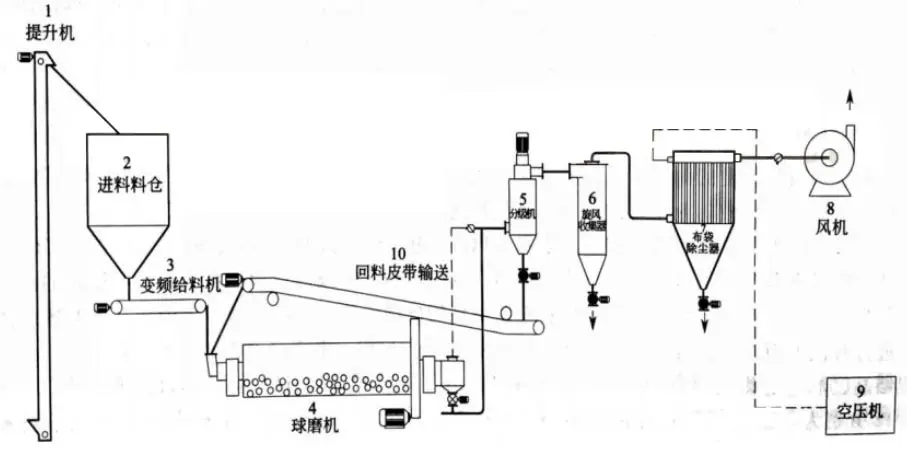
This production line has the ball mill classification. It has: big output. Using it is easy. Upkeep costs are low. It offers a choice of grinding media and lining plates. It causes little pollution in high-purity material processing. The equipment runs reliably, and makes stable products. Adding silica micropowder to a product can make it very white. It can also give it good gloss and stable quality. We get high-purity ultra-fine silica powder by further crushing or grinding and classifying pure sand.
Surface modification of silica powder
The effect of silane coupling agent on surface modification of silica powder is very ideal. It changes the silica powder’s hydrophilicity to an organophilic surface. It also improves the wettability of organic polymers to the powder. It creates a strong, covalent bond between the silica powder and organic polymers by adding functional groups. .
The effect of silane coupling agent depends on its type, dosage, and hydrolysis conditions. The characteristics of the substrate, the application circumstances, and the methods and conditions of organic polymer materials all play a role.
Spherization of silica powder
At present, 97% of integrated circuit (IC) packaging materials use epoxy molding compound (EMC). Among the components of EMC, silicon powder is the most used, accounting for 70% to 90% of the mass of epoxy molding compound. Ring-shaped silica powder has a higher filling rate than angular silica powder. It also has a smaller thermal expansion coefficient and lower thermal conductivity of epoxy molding materials. It has less stress concentration, high strength, and better performance in microelectronic devices. Therefore, In addition to high purity and ultrafine, particle spheroidization has also become one of the development trends of silica powder.
We can divide the current methods for making round silica powder into physical and chemical methods. Physical methods include: the flame method, the melt injection method, the low-temperature combustion method, the plasma method, and high-temperature calcination. Chemical methods include the gas phase method. They also include the hydrothermal method, the sol-gel method, the precipitation method, and the microemulsion method. The chemical method has serious particle clumping. Its products have a large specific surface area, a high oil absorption value, and are hard to mix with epoxy when used in large amounts. Therefore, the physical method is currently mainly used in industry.
Overview of the development of silica powder industry
The microsilica powder industry is a capital-, technology- and resource-intensive industry. With the development of high-tech industries, silica powder is used more and more widely and its dosage is increasing. The world needs high-purity and ultra-pure silicon powder. The need will grow rapidly with the IC industry’s growth. It is estimated that the world’s demand for it will grow at a rate of 20% in the next 10 years. Ultra-fine and pure silica powder is now a hot spot in the industry. Spherical silica powder is the industry’s new focus. And, surface modification tech has advanced further.
